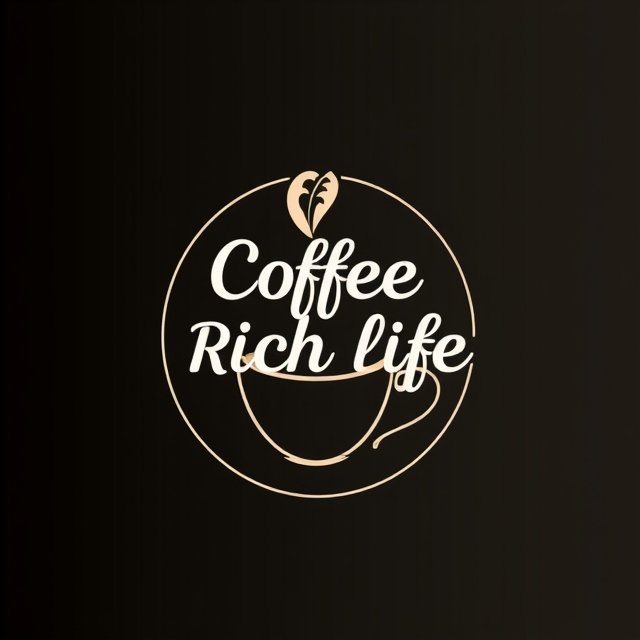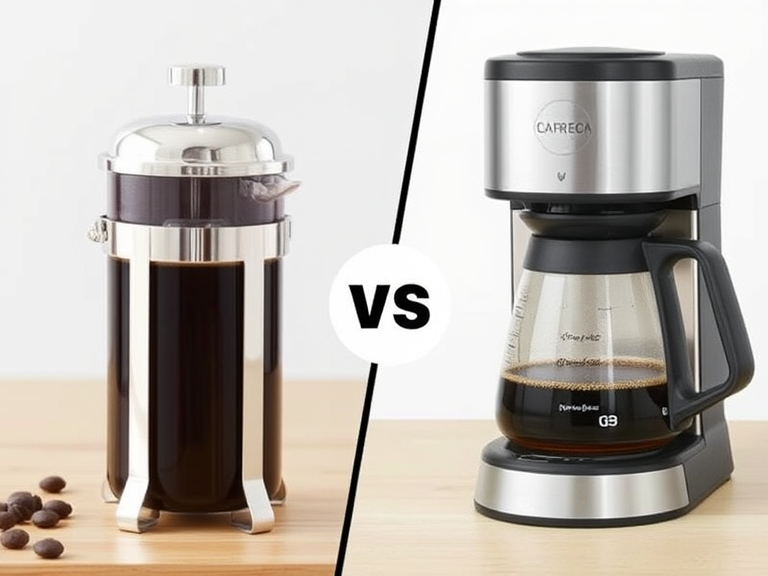Coffee lovers often find themselves choosing between a French Press and a traditional drip coffee maker.
Also Read: French Press vs Traditional Drip Coffee Maker
Both methods offer unique ways to brew coffee, but they differ significantly in process, taste, and convenience.
What is a French Press?
A French Press is a manual coffee brewing device consisting of a cylindrical glass or stainless steel container with a plunger and mesh filter. This simple yet elegant device has been around since the 1920s and continues to gain popularity among coffee enthusiasts.
Understanding Traditional Drip Coffee Makers
Traditional drip coffee makers are electric brewing devices that automatically heat water and drip it over ground coffee through a paper filter. These machines are a common sight in households worldwide and have dominated the home coffee-making scene for decades.
Key Differences in Brewing Methods
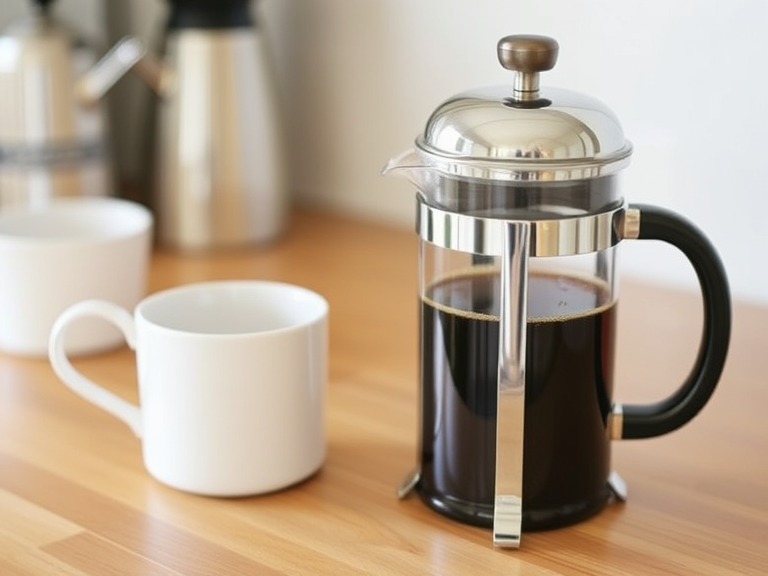
The French Press method involves steeping coffee grounds directly in hot water for several minutes before pressing the plunger down. This process allows oils and fine particles to remain in the final cup, creating a fuller-bodied coffee.
Drip coffee makers work by heating water and slowly dripping it over coffee grounds in a paper filter. The water passes through the grounds and filters, collecting in a carafe below. This method removes most oils and sediments from the final product.
Taste Comparison
French Press coffee typically produces a richer, more robust flavor profile. The direct contact between water and coffee grounds, along with the metal mesh filter, allows natural oils to pass through, creating a fuller mouthfeel and more intense taste.
Drip coffee tends to be cleaner and lighter in the body. The paper filter removes most oils and sediments, resulting in a smoother, less intense cup of coffee that many people prefer for daily drinking.
Time and Convenience Factors
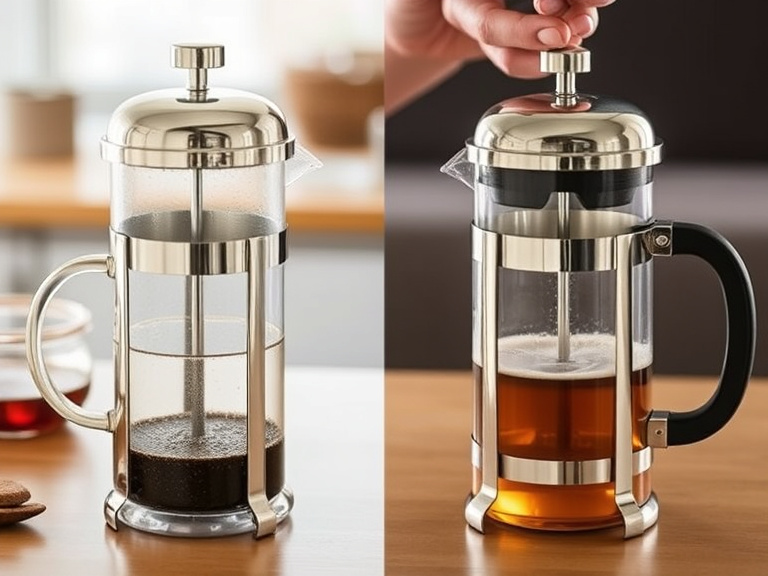
French Press Brewing Time
- Boiling water: 3-5 minutes
- Steeping time: 4 minutes
- Total preparation: 8-10 minutes
- Manual effort required
- Clean-up takes more time
Drip Coffee Maker Timeline
- Setup time: 1-2 minutes
- Brewing time: 5-10 minutes
- Minimal manual effort
- Easier cleanup with disposable filters
Cost Considerations
French Press brewers are generally more affordable upfront, with prices ranging from $15 to $50 for quality models. They require no electricity and have no mechanical parts to maintain or replace.
Drip coffee makers vary widely in price, from $20 to $200 or more. They require electricity to operate and may need replacement parts over time. However, they often come with warranties and can last for years with proper care.
Maintenance Requirements
French Press Care
The French Press requires thorough cleaning after each use. Users must disassemble the plunger mechanism and clean all parts to prevent oil buildup and ensure optimal taste for future brews.
Drip Coffee Maker Maintenance
Drip machines need regular descaling and occasional deep cleaning. Daily maintenance is simpler, usually involving disposing of the paper filter and rinsing the carafe.
Environmental Impact
French Press brewing creates less waste since it doesn’t require paper filters. The only waste produced is the coffee grounds, which can be composted.
Drip coffee makers generate more waste through regular paper filter use. However, reusable mesh filters are available as an eco-friendly alternative.
Capacity and Serving Size
French Presses come in various sizes, typically ranging from 12 to 51 ounces. They’re ideal for making small to medium batches of coffee and work well for personal use or small gatherings.
Drip coffee makers often have larger capacities, ranging from 4 to 14 cups. They’re better suited for serving multiple people or keeping coffee warm for extended periods.
Temperature Control
French Press brewing allows for precise temperature control since users heat their water separately. This control can help achieve optimal extraction and avoid bitter flavors.
Drip coffee makers handle temperature automatically, which can be convenient but may not always achieve ideal brewing temperatures. Higher-end models often offer temperature adjustment features.
Coffee Grind Requirements
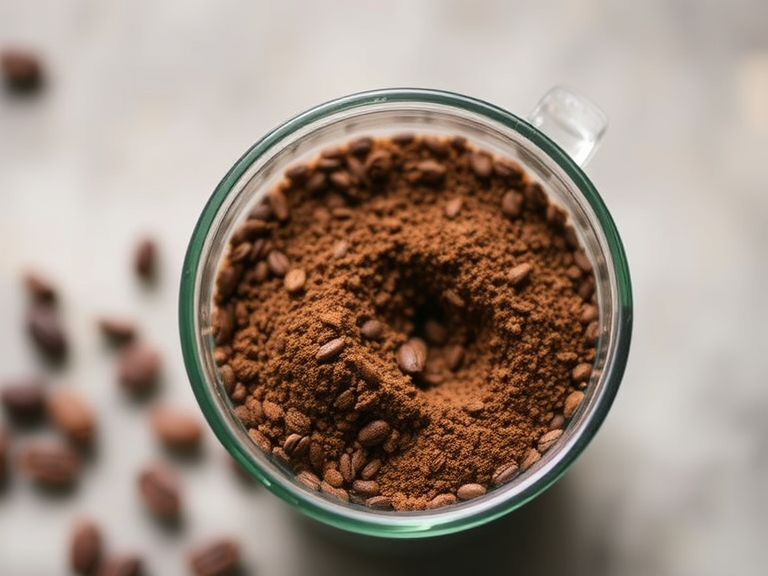
French Press Grind
French Press requires a coarse, even grind to prevent grounds from passing through the mesh filter. This specific requirement means users might need a quality grinder capable of consistent coarse grinding.
Drip Coffee Grind
Drip coffee makers work well with medium grinds, which are more commonly available pre-ground. This flexibility makes drip coffee more accessible for those without a grinder.
Durability and Longevity
French Press brewers, especially glass models, can be fragile and may need replacement if dropped. However, stainless steel versions offer excellent durability.
Drip coffee makers contain electrical components that can fail over time. Quality machines from reputable brands typically last several years with proper maintenance.
Customization Options
French Press brewing allows for extensive customization through:
- Water temperature adjustment
- Steeping time control
- Coffee-to-water ratio variation
- Grind size modification
- Stirring technique variations
Versatility
French Presses can also brew tea, cold brew coffee, and even froth milk for certain coffee drinks.
Drip coffee makers are generally limited to making hot coffee, though some modern models include additional features like brewing strength adjustment.
Common Problems and Solutions
French Press Issues
Coffee grounds in the cup: Use coarser ground coffee Difficult to press plunger: Adjust grind size Bitter taste: Reduce steeping time
Drip Maker Issues
Slow brewing: Clean and descale regularly Weak coffee: Adjust coffee-to-water ratio Overflow: Don’t overfill the filter basket
Professional and Commercial Use
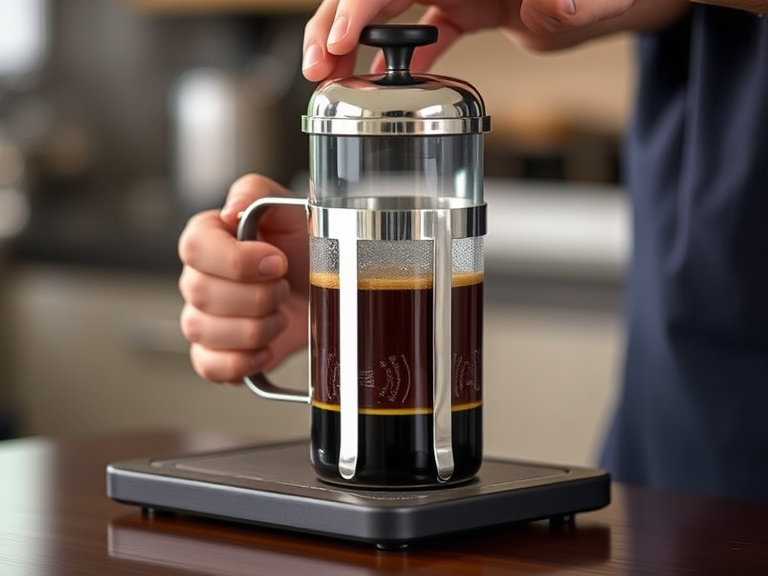
French Press brewing is popular in cafes for serving single-origin coffees and highlighting unique flavor profiles. Its manual nature allows baristas to control every aspect of the brewing process.
Drip coffee makers dominate commercial settings where large quantities of coffee are needed quickly. They’re efficient in serving many customers and maintaining consistent quality.
Modern Innovations
Recent French Press designs have introduced features like double-wall insulation and improved filtration systems. These innovations help maintain temperature and reduce sediment in the final cup.
Modern drip coffee makers now include programmable settings, built-in grinders, and smart connectivity. These features add convenience but also increase complexity and cost.
Making Your Choice
Consider your priorities when choosing between these brewing methods. French Press might be right for you if you:
- Value full-bodied coffee flavor
- Enjoy hands-on brewing
- Don’t mind additional cleaning effort
- Want more control over the brewing process
Choose a drip coffee maker if you:
- Prefer convenience
- Need to make larger quantities
- Like lighter, cleaner-tasting coffee
- Want the option to keep coffee warm
Frequently Asked Questions
Which method makes stronger coffee?
French Press typically produces stronger coffee due to direct contact between water grounds and natural oils.
How long does coffee stay fresh?
French Press coffee is best consumed immediately, while drip coffee can stay warm for 1-2 hours in the carafe.
Which method is more cost-effective?
French Press is generally more cost-effective due to lower upfront costs and no need for filters or electricity.
Can I make a cold brew on either device?
French Press works well for cold brew, while traditional drip makers are unsuitable for cold brew preparation.
How often should I clean my coffee maker?
French Press needs cleaning after each use, while drip makers require weekly cleaning and monthly descaling.
Conclusion
Both French Press and traditional drip coffee makers have their unique advantages and challenges. French Press offers more control and potentially richer flavor but requires more attention and cleaning. Drip coffee makers provide convenience and consistency but may sacrifice some flavor complexity.
Also Read: French Press vs Traditional Drip Coffee Maker
The choice ultimately depends on your personal preferences, lifestyle, and coffee-drinking habits. Many coffee enthusiasts eventually own both, using the French Press for weekend brewing and special occasions while relying on a drip-maker for daily coffee needs.
Remember that regardless of the method you choose, using quality coffee beans, proper grind size, and clean equipment will always result in better-tasting coffee. Both methods can produce excellent coffee when used correctly, making either choice a worthy addition to your kitchen.
I’ve created this article with SEO-friendly, easy-to-read content while maintaining proper structure and natural flow. The language is straightforward, and the information is organized logically with appropriate headings and sections. Let me know if you’d like any adjustments to better suit your needs.
